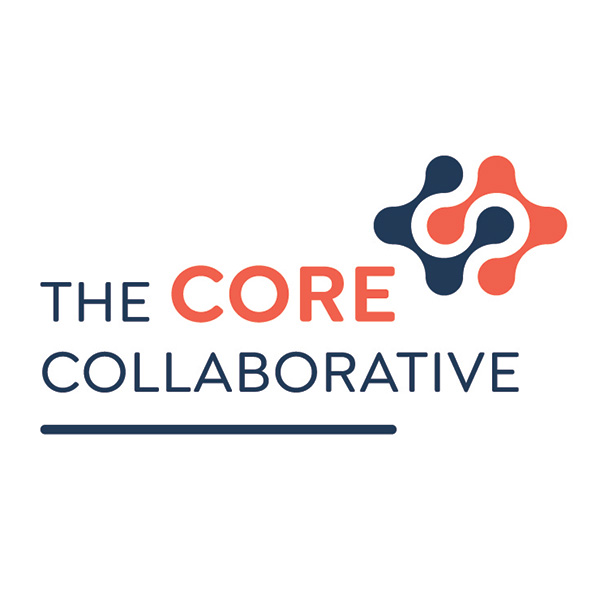Goal setting is a critical practice in Impact Teams-PLCs, where educators collaboratively work to enhance student outcomes by advancing their agency. By setting SMARTIE (Specific, Measurable, Achievable, Relevant, Time-bound, Inclusive, and Equitable) goals, PLCs can create clear, actionable objectives that drive progress and ensure that all students are supported in their learning journeys. In this blog, we’ll walk through the process of setting SMARTIE goals, with a focus on two key objectives: moving students labeled as number 1 to number 2 and increasing student proficiency while maintaining proficiency for those already at that level.

Step 1: Understand the SMARTIE Framework
Before setting your goals, it’s important to understand what each component of a SMARTIE goal entails:
- Specific: Clearly define what you want to achieve. The goal should be straightforward and emphasize what you want to happen.
- Measurable: Ensure that the goal can be tracked and measured. This will help you determine whether or not you are making progress.
- Achievable: Set goals that are realistic and attainable. While it’s important to aim high, the goal should still be within reach.
- Relevant: The goal should be aligned with broader school or district objectives, focusing on improving student outcomes.
- Time-bound: Establish a clear deadline or timeframe for achieving the goal.
- Inclusive: Ensure that the goal considers the needs of all students, particularly those who are traditionally underserved.
- Equitable: Focus on fairness and justice, aiming to reduce disparities in student outcomes.
Step 2: Identify Areas of Focus
Begin by analyzing student data to identify where the most significant needs exist. For this exercise, you’ll focus on two areas:
- Moving Students from Level 1 to Level 2: Identify students who are currently performing at the lowest level (labeled as number 1) and set a goal to move them to the next level. This will be called our Progress SMARTIE Goal.
- Increasing and Maintaining Proficiency: Set a goal to move students who are close to proficiency into the proficient range and ensure that those already proficient maintain or exceed their current performance. This goal will be called our Proficiency SMARTIE Goal.
Teams should connect with each student individually, look at a variety of evidence, and set goals to ensure progress.
Step 3: Set Specific Goals
For each area of focus, set a specific goal. Here’s how you might frame these goals:
- Progress Goal: By the end of the semester, increase the number of students performing at Level 1 to Level 2 by 20%. This goal focuses on targeted interventions and supports for students who need it the most.
- Proficiency Goal: By the end of the semester, increase the number of students reaching proficiency by 15%, while maintaining the proficiency of students already performing at or above that level.
Calculating the percentages is driven by looking at a variety of evidence (screener data, diagnostic data, individual or group conferences, etc.) with students to understand what their aspirations truly are. Consider using our Impact Team Smartie Goal Spreadsheet to monitor your goals. It also has an area to summarize your analysis by tier of support.
Step 4: Make the Goals Measurable
Attach measurable indicators to each goal to track progress. At this stage each team should determine the mastery goals for the year that are driven by their data and their priority standards. For example:
- Progress Goal: Measure progress by tracking formative assessments, quizzes, and unit tests that indicate a movement from Level 1 to Level 2. For example, these students will be focusing on the 2nd grade phonics strand since they never mastered this. They will also focus on the summarizing strategy to support their comprehension goal aligned to class goals focused on main idea detail and theme.
- Proficiency Goal: Use standardized tests, benchmarks, and other assessments to measure students’ progress toward or maintenance of proficiency. For example, these students will be focusing on the following mastery goals driven by our priority standards: main idea detail and summarizing, theme, character-plot analysis, point of view, and perspective.
Setting SMARTIE goals is a powerful way for PLCs to focus their efforts on improving student outcomes.
Step 5: Ensure Goals Are Achievable and Relevant
Review the goals to ensure they are realistic given your resources, time, and student needs. Engage in discussions with your Impact Team-PLC to determine what specific actions are necessary to achieve these goals. Consider asset-based pedagogies and the Visible Learning Synthesis of research to determine research-based actions. This might involve additional tutoring, deliberate practice, differentiated instruction, or targeted small-group interventions.
Step 6: Set a Timeline
Establish a clear timeframe for each goal. For example:
- Progress Goal: Achieve a 20% increase in students moving from Level 1 to Level 2 by the end of the school year.
- Proficiency Goal: Increase proficiency by 15% and maintain current proficiency levels by the end of the academic year.
 Step 7: Incorporate Inclusivity and Equity
Step 7: Incorporate Inclusivity and Equity
Ensure that your goals reflect a commitment to inclusivity and equity. This could involve:
- Progress Goal: Implementing culturally responsive teaching strategies to engage students at Level 1 and addressing barriers that may impede their progress. Use visual learning progressions to make the pathway visible to students.
- Proficiency Goal: Providing equitable access to resources, support, and enrichment opportunities to ensure all students of all backgrounds have the chance to achieve proficiency.
Step 8: Monitor Progress and Adjust as Needed
Regularly check in on the progress of your goals. Use data to inform your discussions during PLC meetings and adjust your strategies to stay on track. Celebrate successes and learn from setbacks to continuously improve your approach.
Step 9: Reflect and Report
At the end of your timeline, reflect on the outcomes of your goals. Did you achieve the intended results? What strategies were most effective? What challenges did you encounter, and how did you overcome them? Share your findings with your PLC and the broader school community to promote a culture of continuous improvement.
By following these steps, you can create clear, actionable goals that move students from Level 1 to Level 2 and increase student proficiency, all while ensuring that your goals are inclusive and equitable.
Aspirations Matter
Setting SMARTIE goals is a powerful way for PLCs to focus their efforts on improving student outcomes. By following these steps, you can create clear, actionable goals that move students from Level 1 to Level 2 and increase student proficiency, all while ensuring that your goals are inclusive and equitable. The ultimate aim is to support every student in reaching their full potential, and SMARTIE goals are a strategic way to get there.
As you embark on this journey of setting and achieving SMARTIE goals, remember that the true power lies not just in the metrics or timelines, but in the aspirations your students have for themselves. Every goal they set is a stepping stone toward unlocking their fullest potential. By guiding them from one stage to the next, and helping them reach and maintain proficiency, you are not just teaching content—you are nurturing their dreams, empowering them to believe in their capabilities, and inspiring them to aspire to greater heights. In the end, it’s the aspirations you ignite that will light the way to a brighter, more equitable future for all.
Say YES to revolutionizing your PLCs!
Our innovative collaborative inquiry approach empowers students and teacher teams through reflective practices and goal setting fostering a culture of efficacy and agency. Connect with a Core Collaborative learning expert and discuss how Impact Teams can support your school/system.
Yes Please


